Artist: Charlie Rouse Album: Bossa Nova Bacchanal
Year: 2003Duration: 0:0-1
A Deep Dive into Charlie Rouse's Bossa Nova Bacchanal Album
Jazz enthusiasts and music lovers alike will agree that Charlie Rouse’s Bossa Nova Bacchanal was a gem in the world of jazz music. The album was released in 1962, during the peak of the bossa nova movement in Brazil. Charlie Rouse was an American jazz saxophonist who found renown for his work with Thelonious Monk. In Bossa Nova Bacchanal, Rouse brings the same innovative techniques and musical flair that he became known for, but this time around, he adds a twist of bossa nova to the mix. This blog post will dive deep into the album, giving a brief history of the artist, the music genre and the album, the best songs, the most innovative parts and a critical review.
Charlie Rouse began his musical career in the 1940s, playing with Billy Eckstine and Dizzy Gillespie. His saxophone marked a unique style of playing where he would use short phrases with long pauses between them, creating an eerie sound that enticed music lovers around the world. Rouse joined Thelonious Monk's band in 1959 and together they produced incredibly influential material. Rouse's sax in Monk's songs, such as 'Monk's Dream,' was more melodic than dissonant, which made him stand out.
Bossa nova music originated in Brazil in the late 1950s, combining samba rhythms and jazz harmonies. The music genre was quickly embraced by the world, and Bossa Nova Bacchanal was one of the earliest jazz interpretations to popularize the genre in America. Rouse used his signature style to bring bossa nova's groovy tunes to life, infusing it with jazz melodies. The result was phenomenal.
The album begins with the song Samba De Orfeu, where Rouse's saxophonist skills are complimented by the sound of drums and guitars in the background. The song sets the tone of the album, and it becomes apparent that Rouse's bossa nova is innovative and captivating. Other notable songs include Un Dia, a slow bossa nova tune where Rouse's sax is seductive and dreamy. Elsa, on the other hand, is upbeat and showcases Rouse's ability to create melodies that make the listener tap their feet.
The most innovative part of Bossa Nova Bacchanal is Rouse's ability to infuse his signature sound with bossa nova's rhythmic beats while still making them sound harmonious. The song Back to the Tropics demonstrates this perfectly. It starts with a slow, soothing sax progression that builds up into a lively, samba beat, giving the listener an immersive experience of two different genres in one song.
Despite the album's ingenuity, there are a few moments where the music can feel repetitive and is lacking a fresh perspective. For example, songs such as Winter's Gone and Meci Bon Dieu display Rouse's ability to create beautiful melodies, but they feel too stripped down and uninteresting compared to the other songs on the list.
Overall, Charlie Rouse's Bossa Nova Bacchanal is a jazz album that every listener should add to their playlist. As one of the earliest hybrids of bossa nova and jazz, it's a testament to Rouse's ability to push the limits of his musical knowledge and creativity. The album showcases the saxophonist's talents and his ability to fuse genres to create something novel and exciting. Bossa Nova Bacchanal remains one of the most influential albums in jazz's evolution, and a listens shows why it still resonates with music lovers today.
Other #Bossa nova albums:
SIMILAR BANDS
balls, from 1 to 5, describe similarity between the two bands
SOMETHING NEW? LISTEN TO RADIOGENRE
SUGGESTED PLAYLISTS

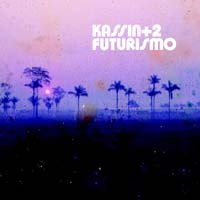
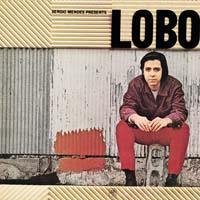
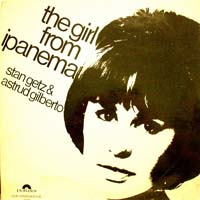
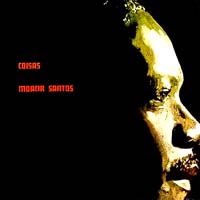
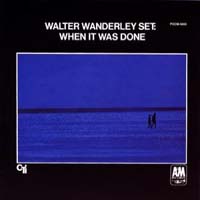
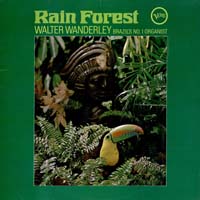
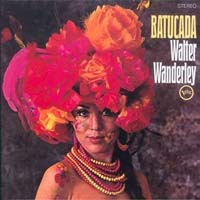
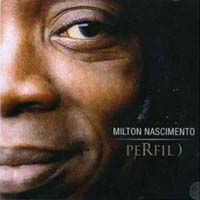
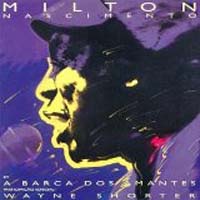
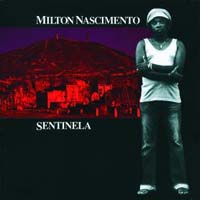
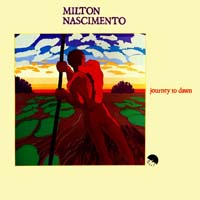
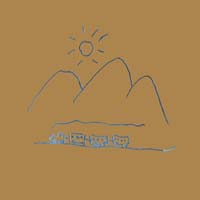
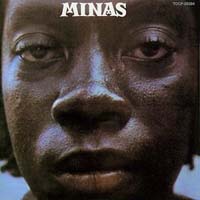
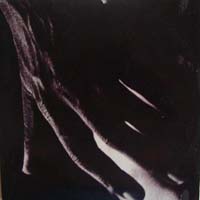
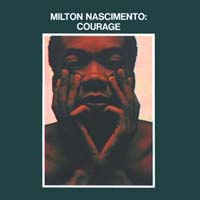
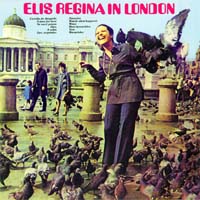
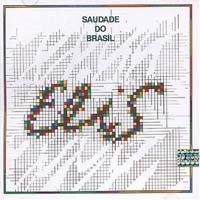
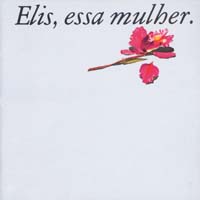
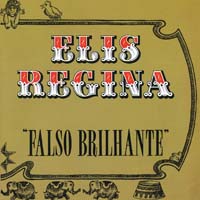
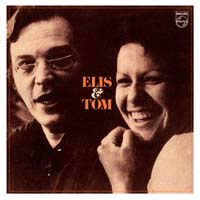
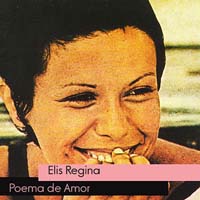
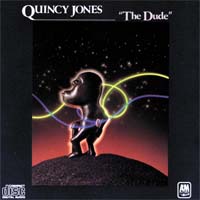
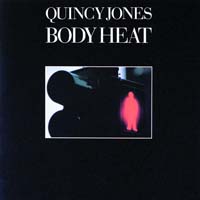
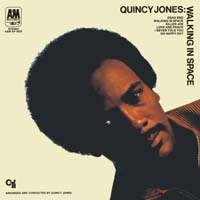

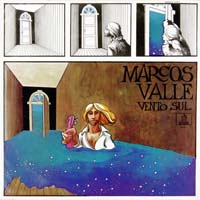
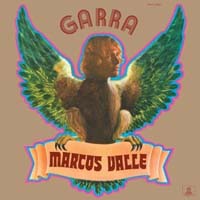
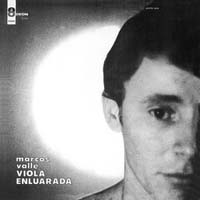
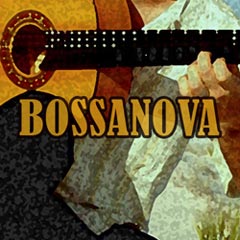
 Chillout
Chillout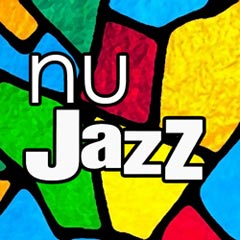 Nu jazz
Nu jazz Arabic metal
Arabic metal Emo
Emo Rock & roll
Rock & roll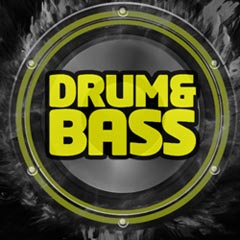 Drum and Bass
Drum and Bass Punk
Punk Meditation Music
Meditation Music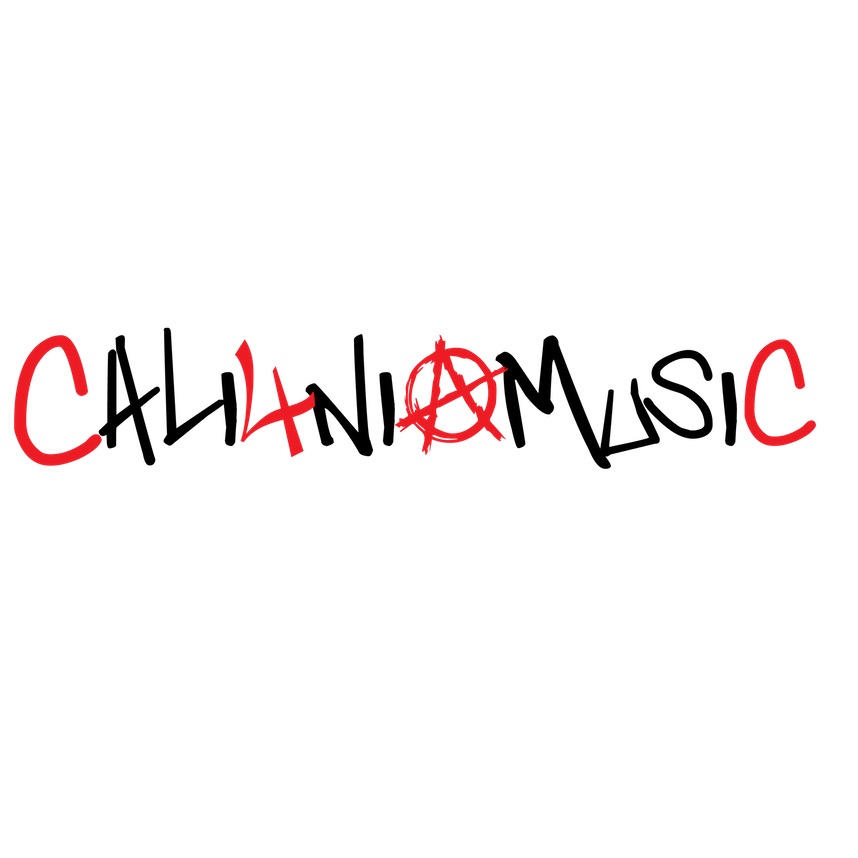 Cali4niamusic
Cali4niamusic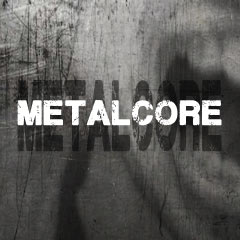 Metalcore
Metalcore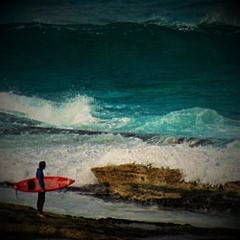 Ocean
Ocean Emigrating with a cardboard suitcase
Emigrating with a cardboard suitcase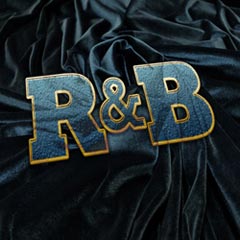 The very best of r&b
The very best of r&b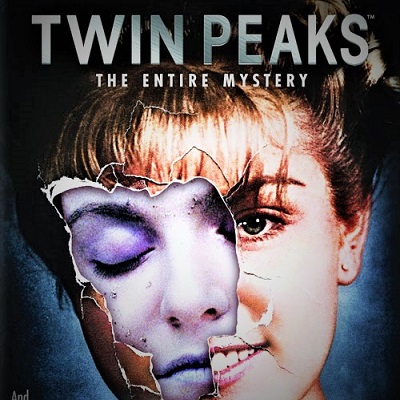 The secret diary of Twin Peaks
The secret diary of Twin Peaks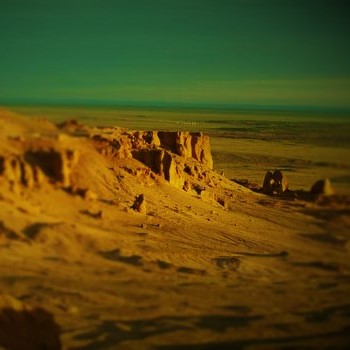 The desert, quietly
The desert, quietly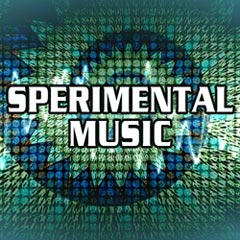 The very best of sperimental music
The very best of sperimental music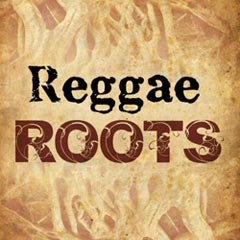 The very best of reggae roots
The very best of reggae roots Who are the modern hipsters
Who are the modern hipsters The very best of pop
The very best of pop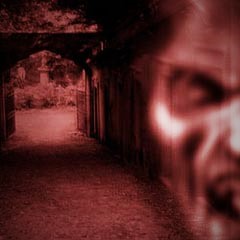 666, the number of the beast
666, the number of the beast